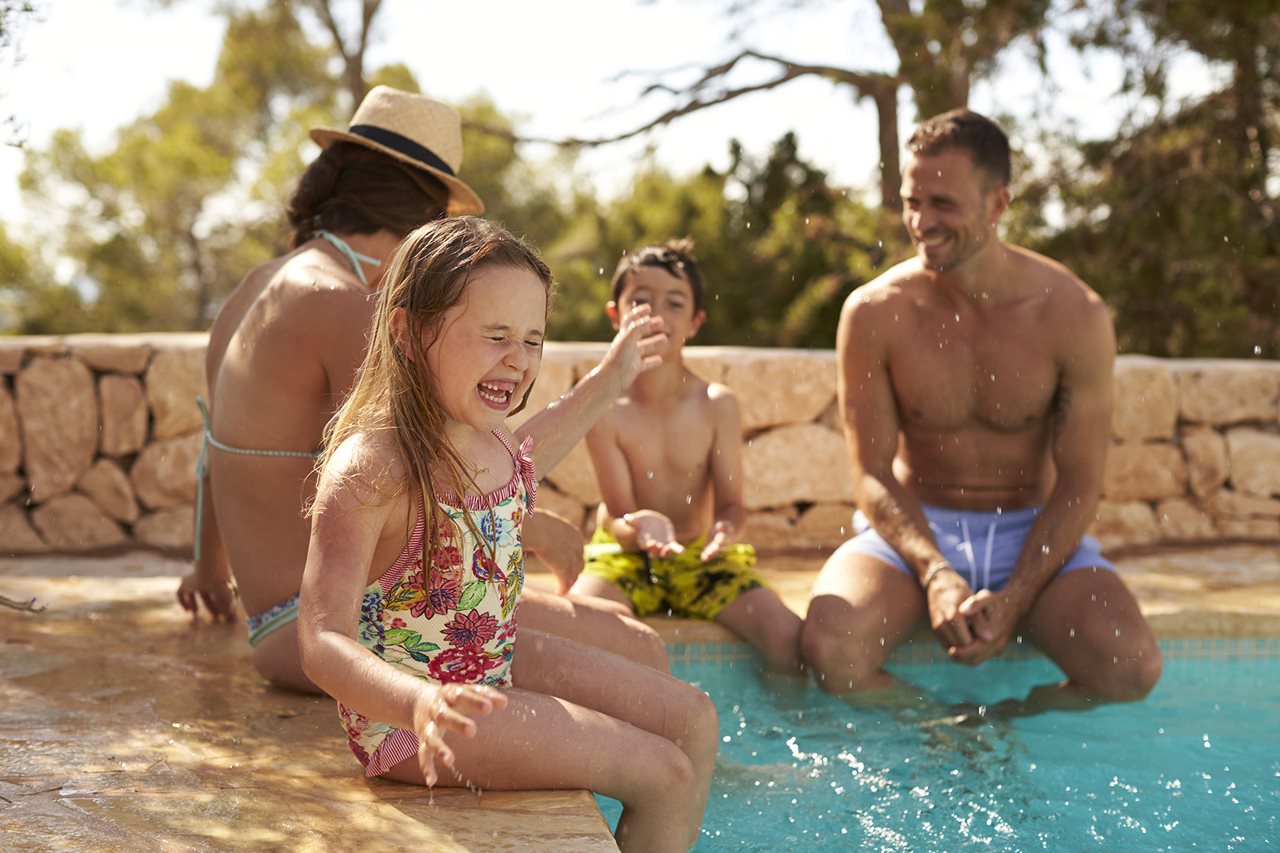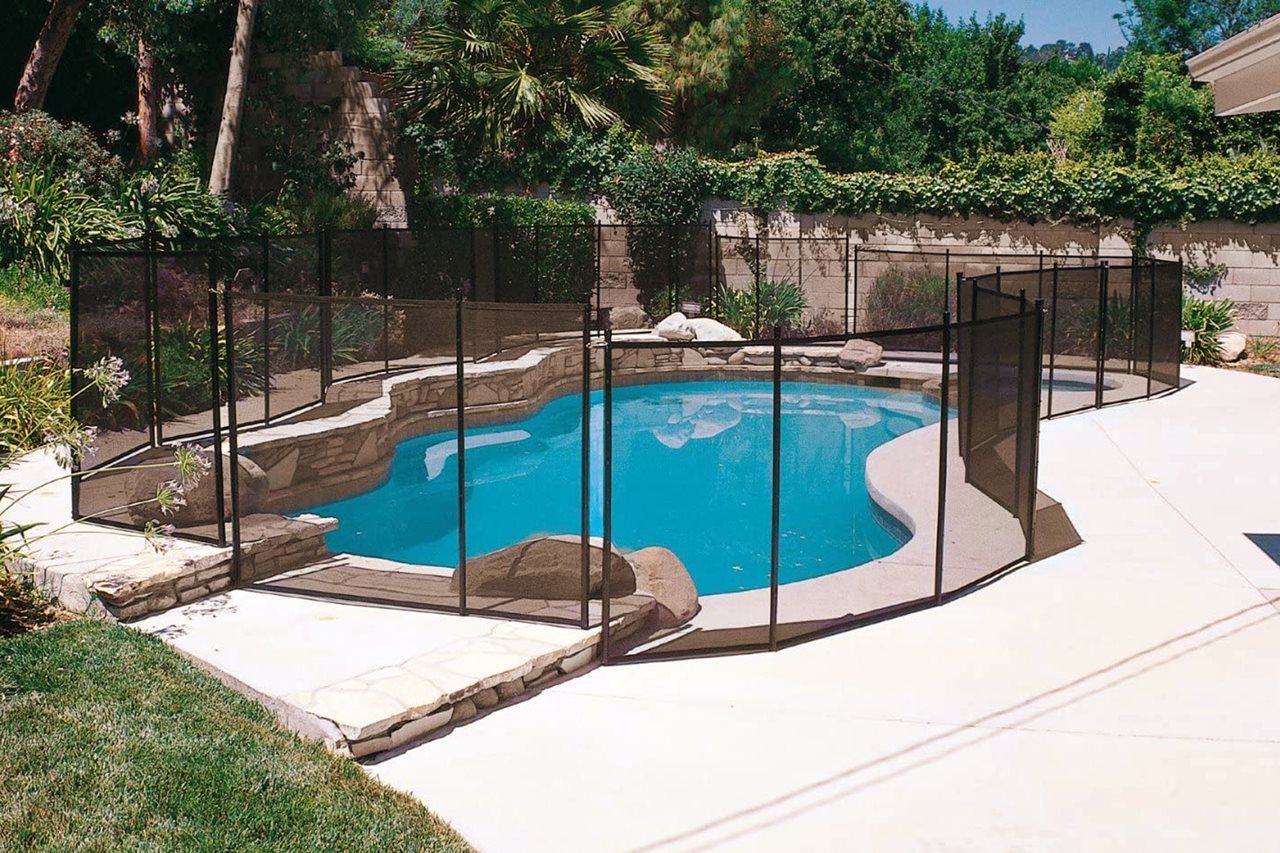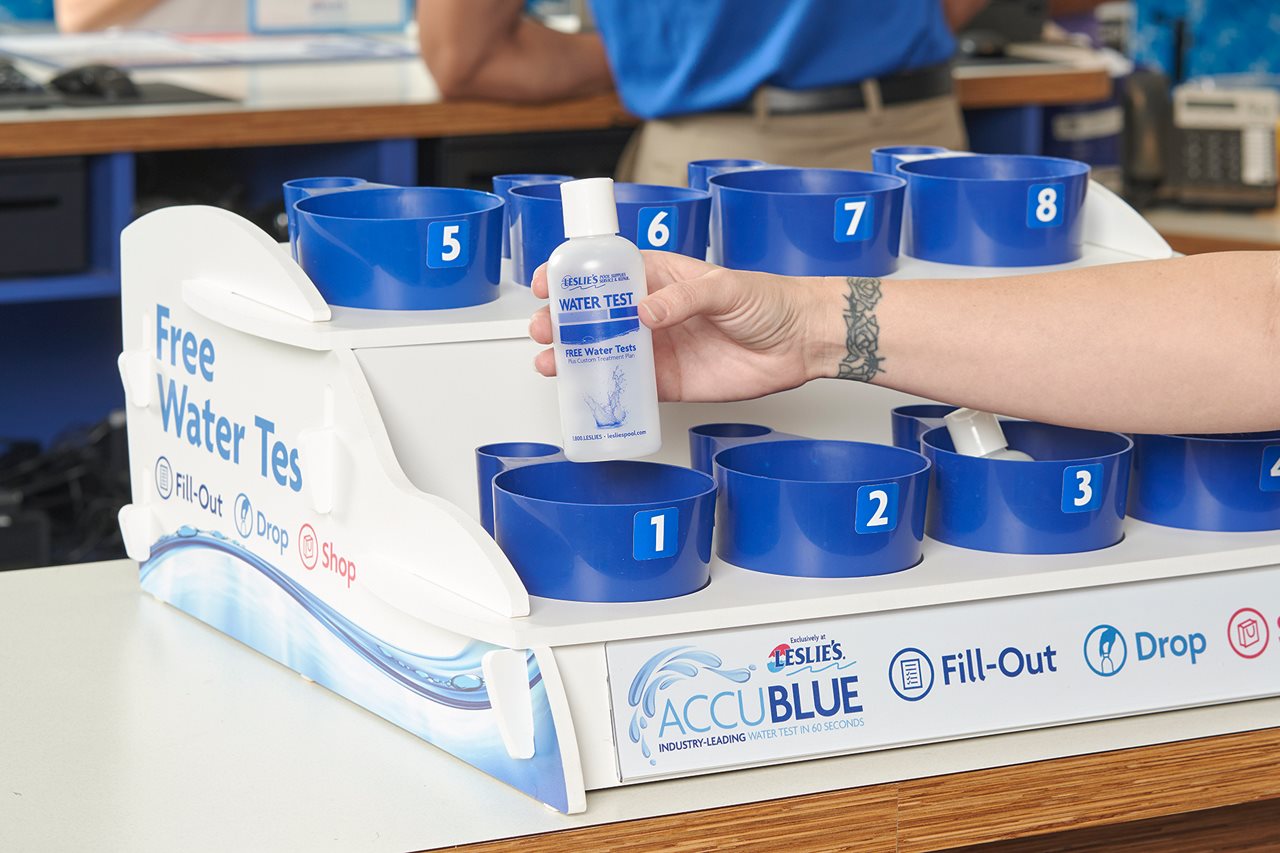2021-05-24T23:01:00
(BPT) – It’s inevitable — even in the spring when everything feels new, life happens. You may still feel a tickle in your throat, or experience minor cuts, scrapes and burns when your family is getting back to outdoor activities. But savvy people know it helps to be ready for life’s little hiccups by having some useful tools on hand. Betadine, the antiseptic brand used in hospitals for over 50 years, also offers Betadine First Aid Antiseptic for at-home first aid of minor cuts, scrapes and burns, as well as their newest product, Betadine Antiseptic Sore Throat Gargle for temporary relief of occasional sore throat.
Sick days are never convenient
A sore throat can happen any time of year, making it harder to get through the day. It can be even more tricky to take a day off if you are taking care of others. Life’s responsibilities require you to keep going, even if you’re not feeling 100%.
The moment you feel a sore throat coming on, start using Betadine® Antiseptic Sore Throat Gargle to treat and relieve sore throat symptoms. While some sore throat products numb the throat, Betadine® Antiseptic Sore Throat Gargle uses antiseptic action to temporarily relieve sore throat symptoms.
Follow these 3 simple steps:
1. Use Betadine Sore Throat Gargle only with the provided dosing cup.
2. Gargle with 10 milliliters at full strength for 30 seconds.
3. Spit out, do not swallow. Use up to 4 times daily.
Be ready for minor cuts, scrapes and burns
Springtime often means the family heads back outdoors. We all try to be careful, but accidents are a part of life, especially when kids are being kids. You can’t stop minor cuts and scrapes from happening, but you can be ready for them.
Start with infection prevention: The minute your child gets a minor cut or scrape, treatment including a topical antiseptic like Betadine® Antiseptic Solution is the first line of defense to help protect against a broad range of germs, prevent infection and get your child back to their adventures.
Minor wound care starts with these 3 simple steps:
1. Gently clean the affected area.
2. Treat with a topical antiseptic like Betadine to help prevent infection.
3. Protect the wound with a bandage if needed or desired.
Kids wear their cuts and scrapes with pride. When you treat their cuts and scrapes with Betadine First Aid Antiseptic products, you can feel assured by the signature golden-brown spot that Betadine is working to help protect your child from infection. Kids will be fascinated by the unique color and excited to show off their “badge of honor.”
While all antiseptics prevent infection, there are some differences between them. Alcohol and hydrogen peroxide can sting when they’re applied to broken skin, and their drying effect can delay wound healing. Betadine does not contain alcohol or hydrogen peroxide and has a “no-sting promise.” It has been a trusted antiseptic in hospitals for over 50 years.
Take the opportunity to stock up your medicine cabinet and first aid kits
Spring is also a good time to take inventory of your medicine cabinet and first aid kits. If products are past their expiration date safely dispose of them and get replacements. Make sure you have a fresh supply of all the products you might need right away.
It helps to keep a checklist of the products you rely on most, so you remember to check them frequently.
With everyone’s busy lives today, you may make purchasing decisions for stocking your medicine cabinet on autopilot, but when it comes to your health, it’s important to make sure you choose the brands you trust for yourself and your family.
With just a little preparation, you can be ready for when life happens. Learn more about these and other helpful products at Betadine.com. Always read the full product labels for complete information and use the products as directed.












